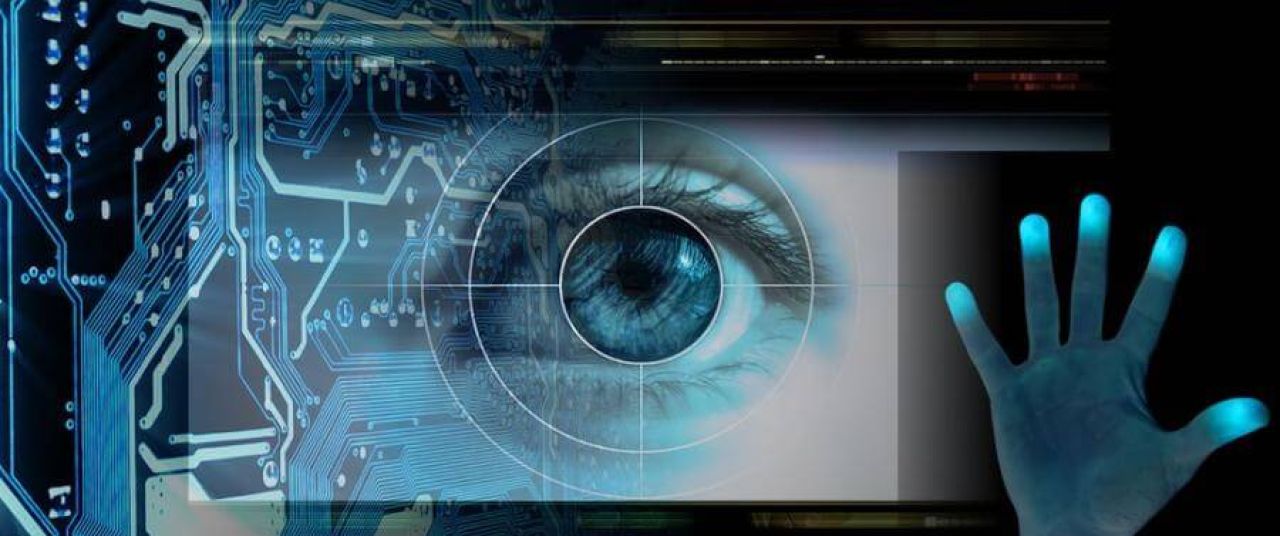Biometrics software development for business

In the last few years, the whole branch of biometric technology is developing very actively. Biometrics, or measuring and analysis of someone’s biological and physical characteristics, has proven to be a more reliable way to provide the security of your gadgets than saving passwords and using keys. This is the main reason why the popularity of biometric system software is constantly growing.
Application of biometric system software
Today, there are four widely used spheres where biometric-based technologies:
• National and homeland security;
• Law enforcement;
• E-government services;
• Business and enterprise.
On the individual level, biometrics, despite all doubts, has also been put forth more and more often recently. Anno 2016, biometric technology collecting and saving data in a more personal way than combinations of numbers and letters, causes certain privacy-related anxiety. However, biometrics software is now being widely and successfully used in devices such as smartphones and tablets. It should lead to higher level of confidence in biometric technology. It would also mean that the use of biometrics will become much more usual than it is right now.
Experts also believe that biometric system software industry has much to offer to business. If several years ago implementing biometric technologies was considered a pricey act and rather unwarranted, nowadays software developers produce biometric soft which is payable, easy to use, and not bulky.
Getting meaningful feedback from clients during software development life cycle allows an experienced team of solid software development company to create and adjust such biometric software that would be cheaper, handier, and more high-functioning than similar systems operating with keys, cards, or passwords.
How biometric system software works?
Biometric system software has several components. These are sensors, algorithms of signal processing, data storage, matching algorithms, and decision-making algorithms.
Physical and/or biological data of system users is being collected, recognized, and coded into a template. Those templates are being saved in the database. After every representation, the algorithm of biometric system software compares data with the suitable template, and takes an appropriate decision.
There is a wide range of physical and biological characteristics that are used in biometrics. Currently, the most common are:
• Voice;
• Signature;
• Fingerprints;
• Facial features;
• Iris, and
• Hand geometry.
There are also systems based on recognition of gait, vascular, retina, facial thermography, and even unique odor each body has. Depending on the required security level and other factors, biometric system software can also use a combination of characteristics to work with.
How biometric system software is used in business?
Since biometrics has proven to provide a high level of security due to its complicated and reliable algorithms, it is more often considered to be a must for any security system. Software developers are doing their best to make security a right, not a privilege.
So far privacy has been the greatest issue for those who criticize biometric technology, but things have changed significantly in this field. Constant improvement of biometric system software allows reducing privacy-related concerns: in the course of the software development lifecycle, developers can find potential risks and neutralize them.
Currently, there are four main reasons businesses are willing to use biometric system software habitually:
• Security and access control. Biometric-based systems are more reliable, and in the long-run also more paying, because they do not require preparation or the replacement of damaged, lost, or stolen items (keys, cards, etc).
• Optimizing work of staff with high-security clearance. Security staff does not have to spend much time filling out documentation or doing other related work.
• Workforce management. Biometrics authorization is an easy and trustworthy way to control employee hours.
• Liability control. To avoid untrained of not certified employees accessing certain locations, machinery, and functions, companies could use biometric system software.
Question of fitting
However, for many business owners, the usage of biometric system software is a question of ‘matching’. That is to say, on the one hand, trustworthiness, and reliability, and on the other hand practicability of implementation.
The aspiration to use high-profile security systems is often being confronted with a need to persuade employees that new, biometrics-based systems are not only accurate and safe but also handy and not being a big obstacle to getting access to the information and resources needed.
This is why despite all the advantages of biometric system software its implementation is still a tacky question. Collaborating with reliable software developers who are willing to work on improvements to the new system is a way to facilitate the transition to biometrics-based security. In addition to that, considerate attitude to safeguarding personal data used by biometric systems will help to implement new security system successfully and seamlessly.





cghshxkjxa says:
Like!! Thank you for publishing this awesome article.